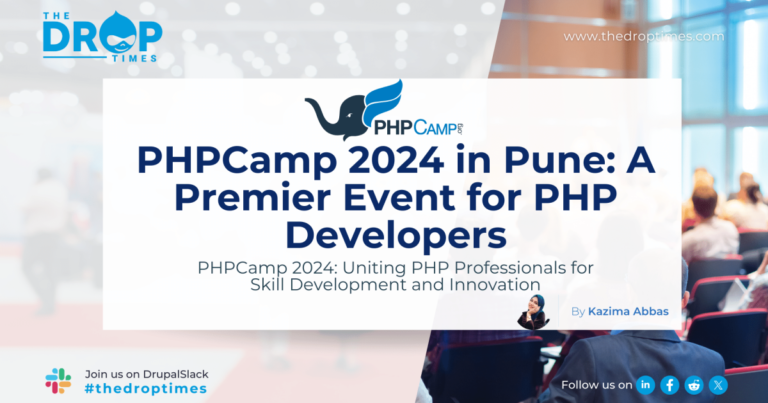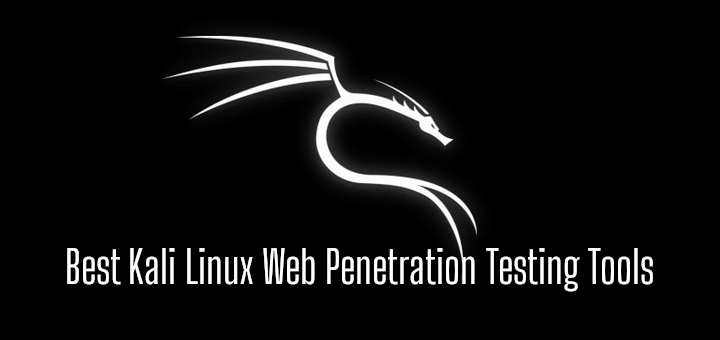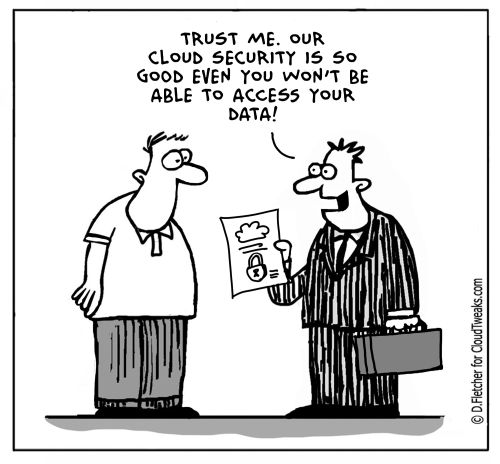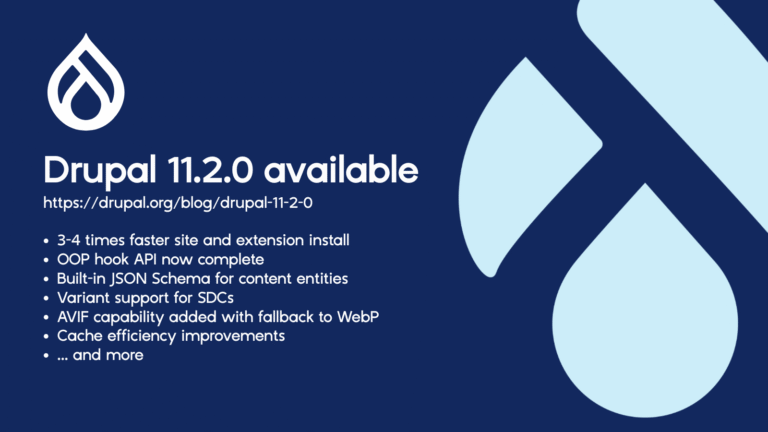
Post-migration configuration may involve manual tuning of resources to optimize performance in the new environment. This step is crucial for maintaining the operational efficiency and performance levels of the migrated applications.
Migrating complex access controls and permissions requires a deep understanding of both source and target environments. Automated tools might lack the capability to handle these intricacies, potentially leading to unauthorized access or loss of critical permissions post-migration.
Challenges in Tenant-to-Tenant Cloud Migrations
By Aaron Wadsworth
Performance Optimization
Custom Scripting
Addressing the Limitations with Migration Tools
Migration tools often struggle with complex schema mappings, especially when custom configurations or proprietary formats are involved. For example, data structures in Microsoft Cloud might not have direct equivalents in Google Cloud, necessitating intricate schema translations to maintain data integrity and functionality.
Conducting comprehensive assessments and planning helps identify configurations that require manual adjustments, ensuring all critical steps are considered. Defining detailed migration strategies with specific steps for handling unique data and application configurations can mitigate potential issues. This plan should cover schema mapping, data format conversion, and application dependencies.
However, tenant-to-tenant cloud migrations can be quite complex if not planned and implemented correctly. Let’s take a closer look at the common challenges with this critical process, how some migration tools offer limitations and why IT teams will need to work in tandem with these tools to ensure a successful migration.
Differences in Data Schemas and Formats
Ensuring Successful Tenant-to-Tenant Cloud Migrations
For example, specific configuration settings for an enterprise application in Google Cloud might not translate directly to Microsoft Cloud, leading to degraded performance or security vulnerabilities. Many applications have intricate interdependencies that automated tools might not recognize, leading to partial or failed migrations.
The conversion of data formats is another significant hurdle. Migration tools may not fully support the necessary format conversions required by different cloud providers, leading to potential data loss or corruption. For instance, converting data from Google Cloud’s formats to those compatible with Microsoft Cloud can be complex and error-prone, often requiring custom solutions to avoid data integrity issues.
Different APIs used by cloud providers can result in incompatibilities that automated tools are not equipped to resolve. For example, API calls and responses in Google Cloud services may differ significantly from those in Microsoft Cloud, requiring custom code to bridge these gaps during migration.
Application-Specific Configurations
Each cloud provider has unique security protocols and compliance standards. Automated tools might not be able to translate these effectively, risking data breaches or compliance violations. For instance, Google Cloud and Microsoft Cloud have different methods of implementing encryption and access controls.
In today’s dynamic, nonstop business world, more and more companies are tasked with the complex yet crucial process of moving and merging data environments, including migrating cloud tenants. Due to mergers and acquisitions, organizational restructuring, and the need for enhanced security and compliance, effective and efficient tenant migration is essential for companies to streamline operations and integrate data and applications. A well-executed migration allows employees to maintain productivity, ensure smooth access to necessary tools and resources, and enable better collaboration and communication across departments.
Security and Compliance
Automated migration tools might not be able to fine-tune resources to match the performance of the original setup. For instance, the allocation of virtual machines, storage, and network resources in Microsoft Cloud may need adjustments to achieve optimal performance levels comparable to those in Google Cloud. Automated tools might not adequately address the unique load-balancing configurations necessary for optimal application performance in the new cloud environment.
Performing detailed post-migration checks and adjustments ensures that everything is correctly configured in the new environment. This includes reconfiguring applications, security settings, and performance optimizations to match the original environment’s setup.
Migration tools must find ways to navigate these hurdles and complexities involved in consolidation to prevent data loss or corruption during translation. Moreover, intricate configurations and security settings in the source tenant may lack direct equivalents in the target, necessitating manual adjustments and potentially disrupting user access and functionality.
Here are some strategies to ensure a successful tenant-to-tenant cloud migration:
Post-Migration Configuration
Tenant-to-tenant cloud migrations, driven by mergers, acquisitions, restructuring, and enhanced security needs, offer benefits like streamlined operations and cost reduction. With these advantages come a host of challenges that need to be tackled head-on with strategies including pre-migration planning, custom scripting for data transformations, manual intervention, and post-migration adjustments to ensure performance and security. Engaging cloud migration experts is also key to helping bridge gaps automated tools miss. Combining planning, custom solutions, and expert advice ensures a smooth transition and successful migration to the new cloud environment.
Developing custom scripts can handle data transformations, schema conversions, and specific configuration settings that automated tools may not manage effectively. Adding this approach to migration tools leverages the strengths of both automated and manual processes, and ensures that data integrity and functionality are maintained during migration.
Tenant-to-tenant cloud migrations often encounter limitations in configuring data due to several key challenges — including differences in data formats, application-specific configurations, service differences, security and compliance issues, and performance optimization requirements.
Pre-Migration Planning
Consultation with Experts
Large data volumes exacerbate these challenges, straining tool performance and potentially prolonging migration timelines. Addressing these issues requires meticulous planning, including thorough testing, manual intervention for settings translation, and validation to ensure data integrity and uninterrupted business operations post-migration.
Service Differences
Engaging with cloud migration experts who have experience with, for example, both Microsoft and Google Cloud platforms, can bridge gaps that automated tools cannot cover. Their expertise can provide valuable insights and solutions for complex tenant-to-tenant cloud migration challenges.
Applications often have custom configurations and dependencies that generic migration tools cannot handle effectively. These tools might miss nuanced settings critical for the application’s performance and security.






